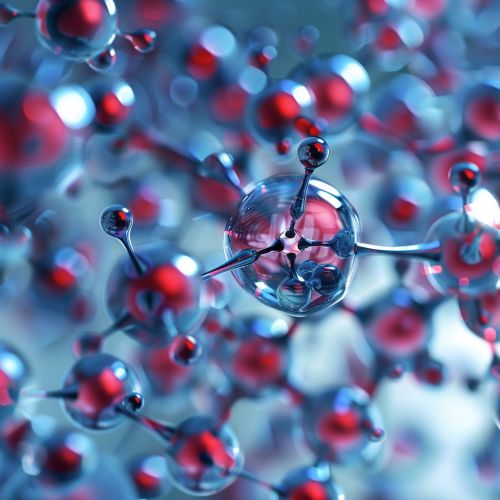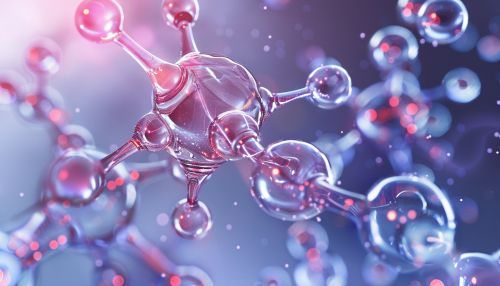Free Radical
Introduction
A free radical, in chemistry, is a molecule or atom that contains unpaired electrons. Due to this lack of a stable number of outer shell electrons, they are highly reactive and participate in various chemical reactions. Free radicals can be created in a number of ways, including through chemical reactions, radiation exposure, and metabolic processes within organisms.


Formation of Free Radicals
Free radicals are formed when a covalent bond between atoms is broken and each atom retains one of the two electrons that comprised the bond. This process is known as homolytic bond dissociation. The unpaired electron left behind on the atom or molecule gives it a considerable amount of energy, making it highly reactive.
Types of Free Radicals
There are several types of free radicals that are commonly encountered in chemistry. These include, but are not limited to, hydroxyl radicals (•OH), superoxide radicals (O2•−), and nitric oxide radicals (•NO). Each of these radicals has unique properties and reactivities based on the atom or molecule from which they are derived.
Role in Chemical Reactions
Free radicals play a crucial role in many chemical reactions. They can initiate chain reactions, where the radical reacts with a stable molecule to produce another radical. This new radical can then go on to react with other molecules, perpetuating the chain reaction.
In addition to initiating reactions, free radicals can also terminate reactions. When two free radicals react with each other, they can form a stable molecule, effectively ending the chain reaction.
Biological Implications
Free radicals are not just limited to inorganic chemistry; they also have significant implications in biology. They are produced naturally in the body through metabolic processes, and can also be introduced through external sources such as radiation or toxins.
In the body, free radicals can cause damage to cells, proteins, and DNA, which can contribute to aging and various diseases. However, the body also uses free radicals for beneficial purposes, such as the immune response where they are used to kill bacteria and other pathogens.
Free Radical Scavengers
To protect against the potential damage caused by free radicals, organisms have developed a variety of defenses, known as free radical scavengers. These include enzymes like superoxide dismutase and catalase, as well as non-enzymatic antioxidants like vitamin C and vitamin E.
Industrial Applications
Free radicals also have a number of industrial applications. They are used in the manufacture of polymers, through a process known as free radical polymerization. In this process, a free radical initiates the polymerization reaction, causing the monomers to link together and form a polymer.
